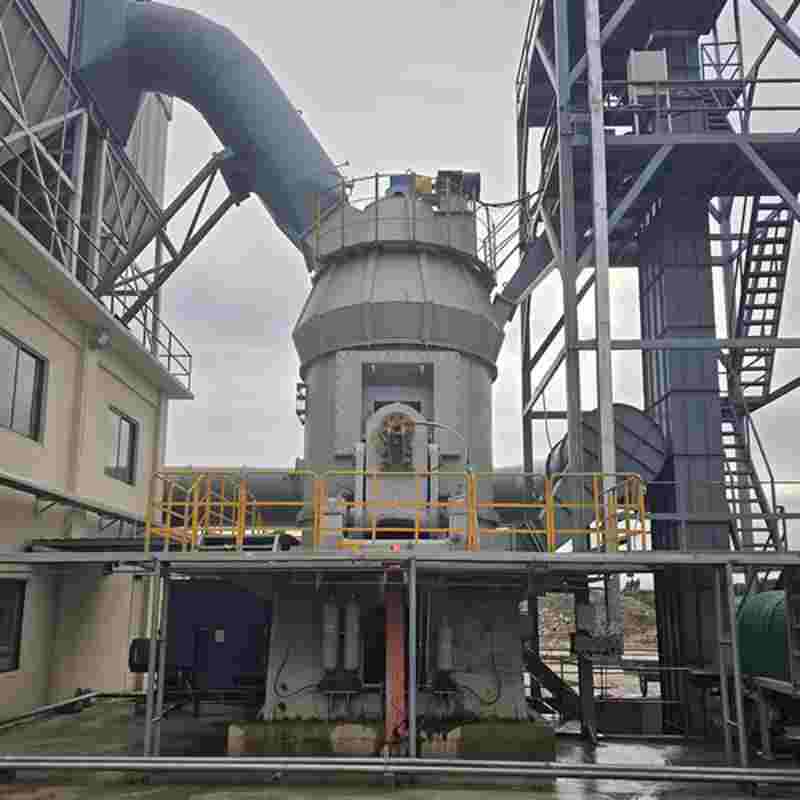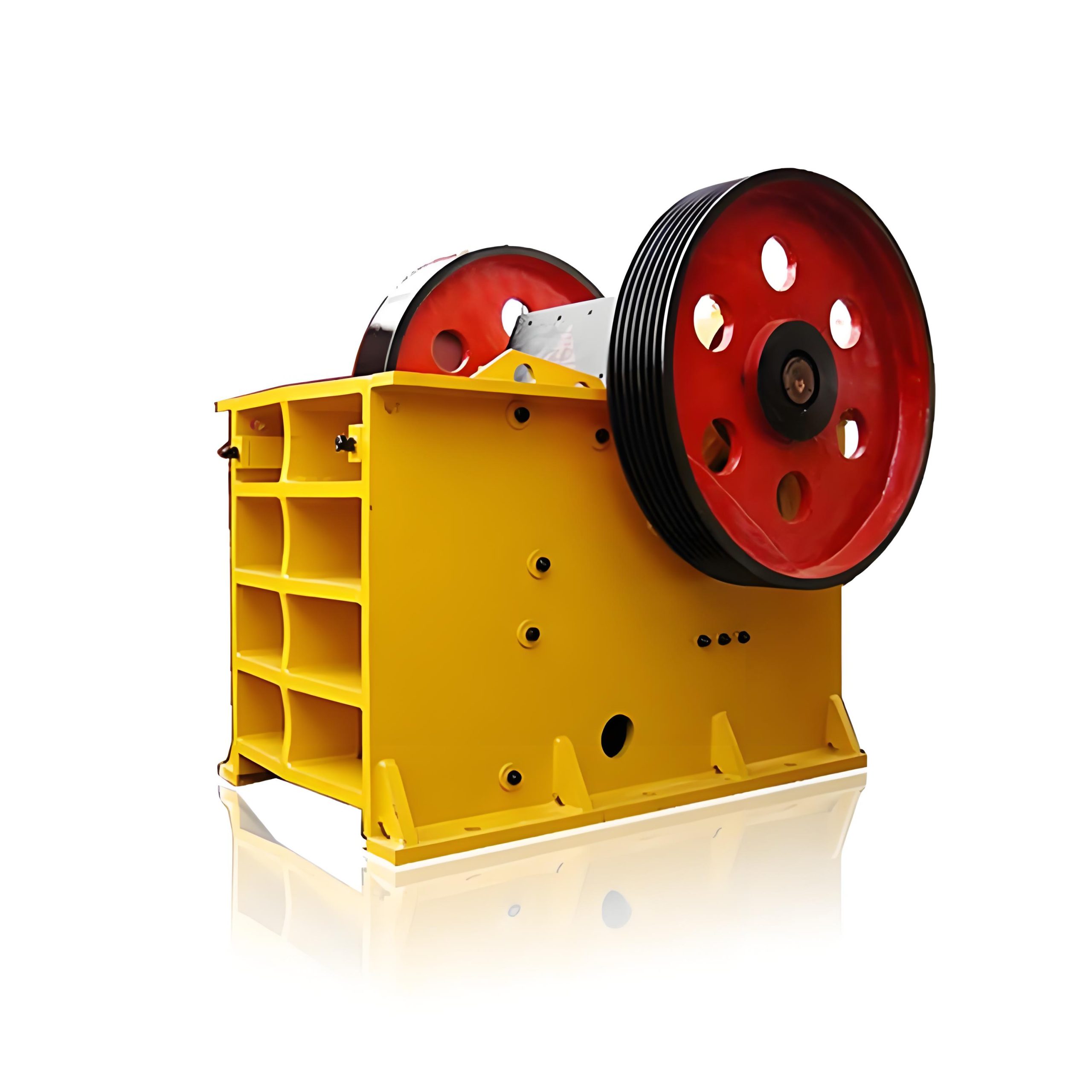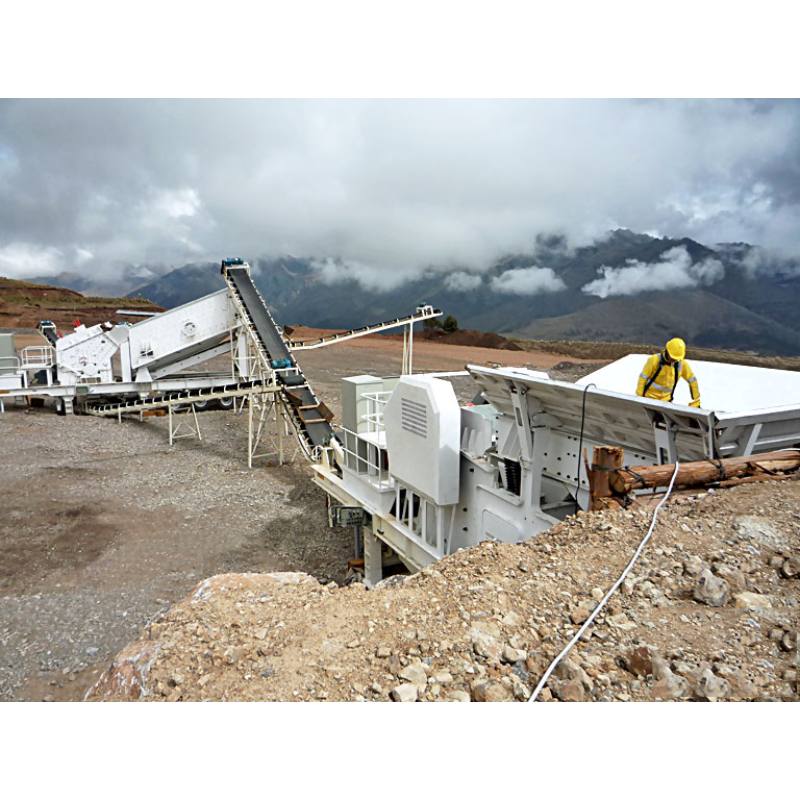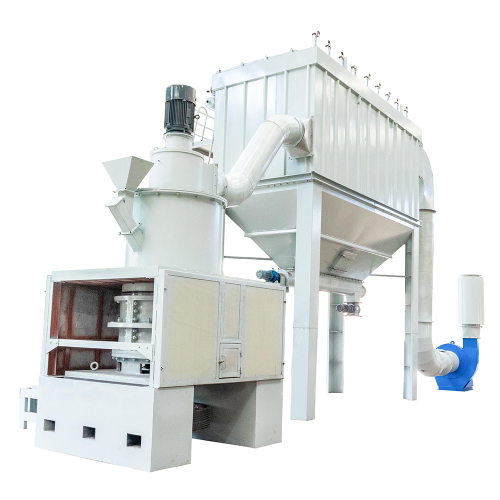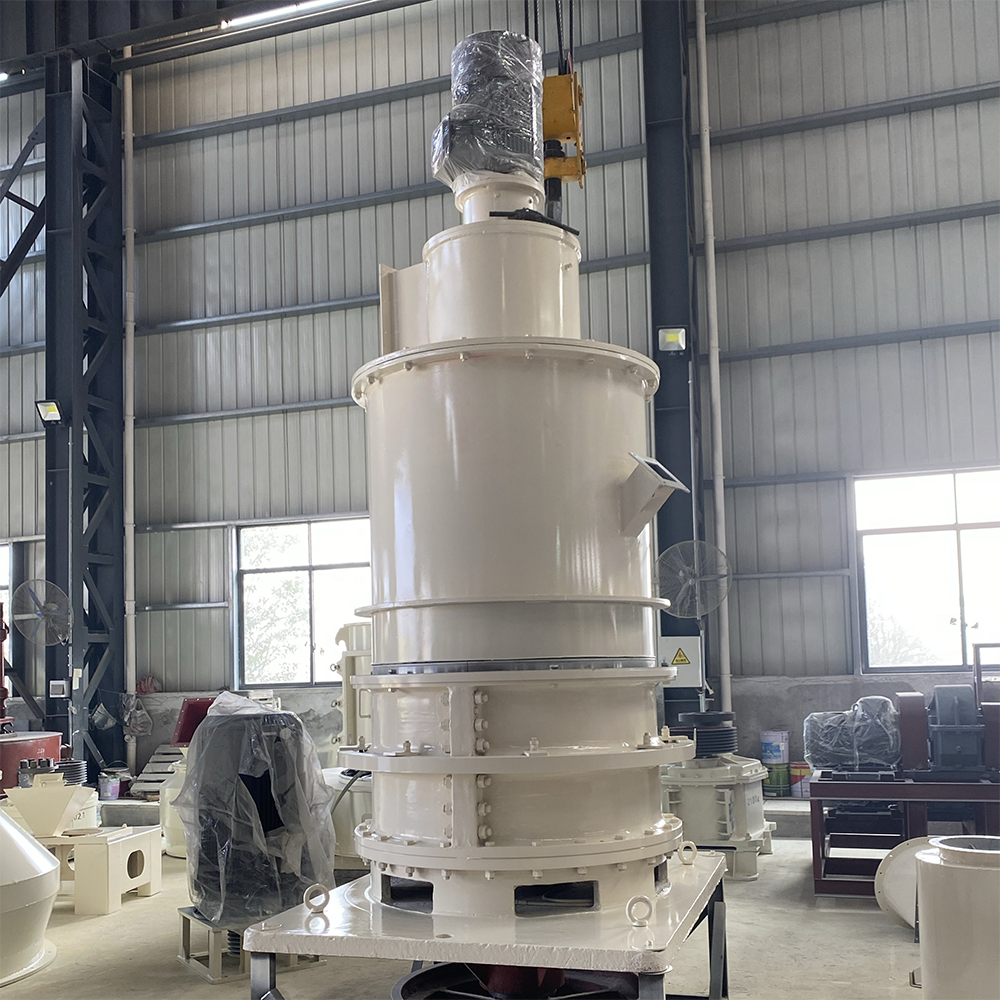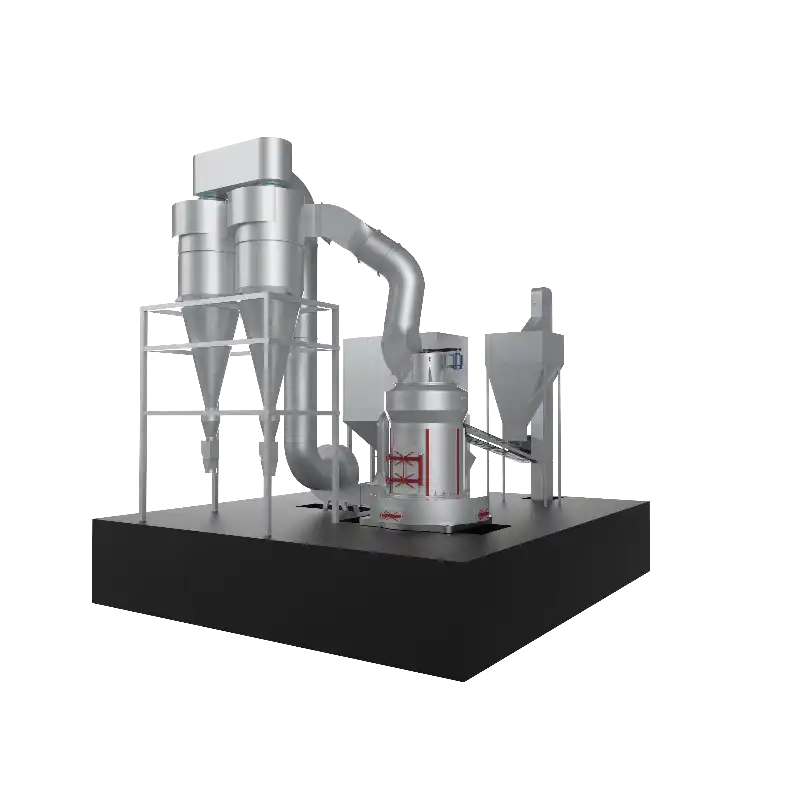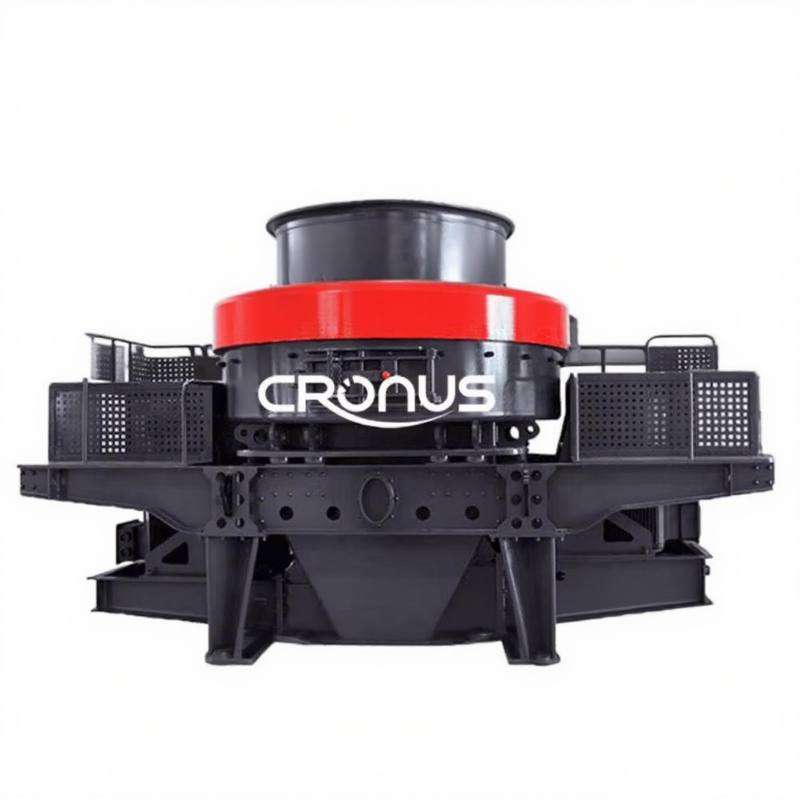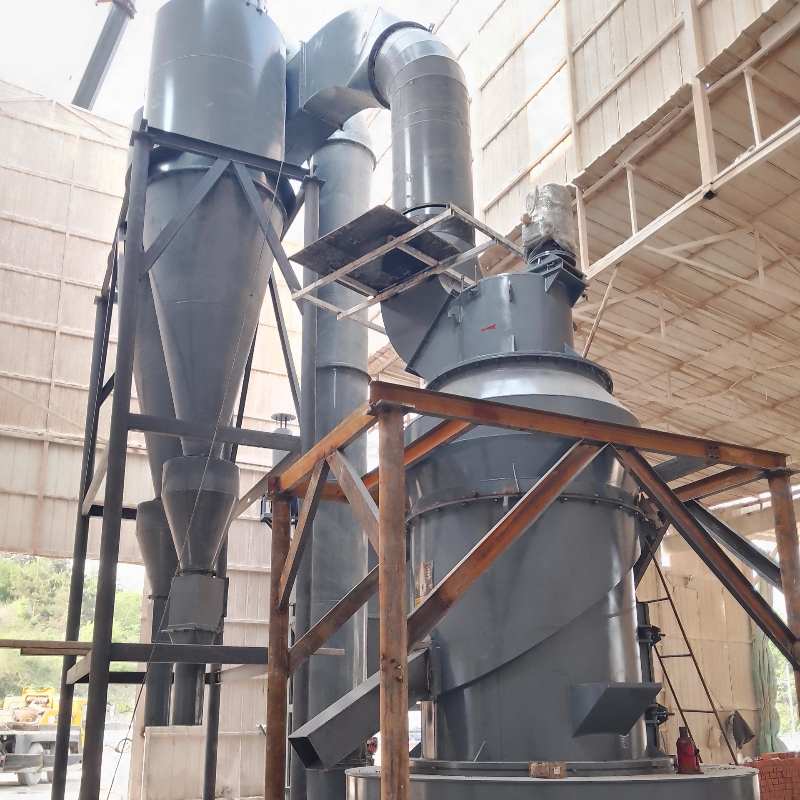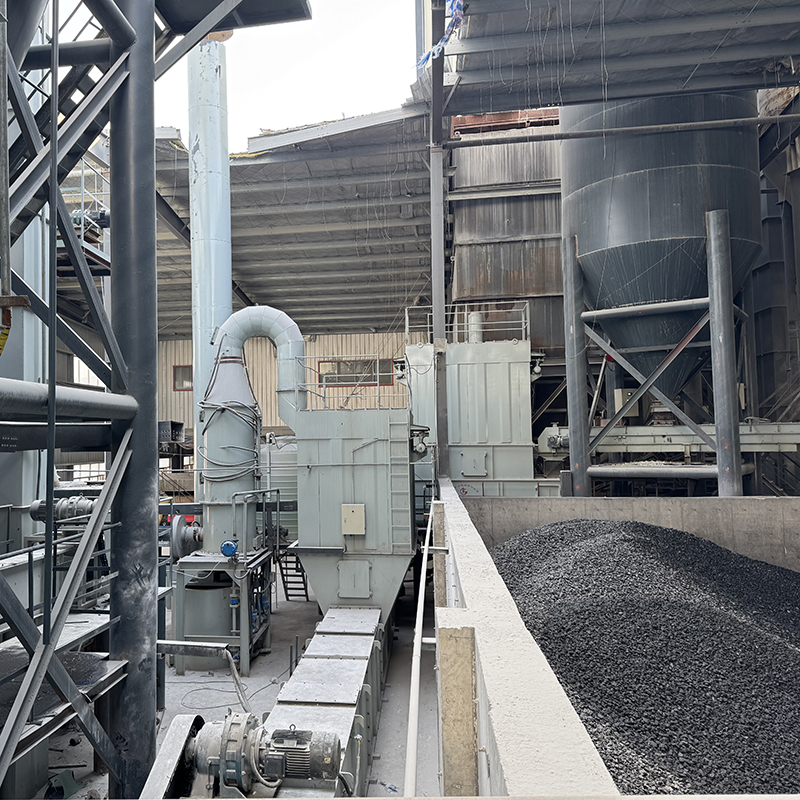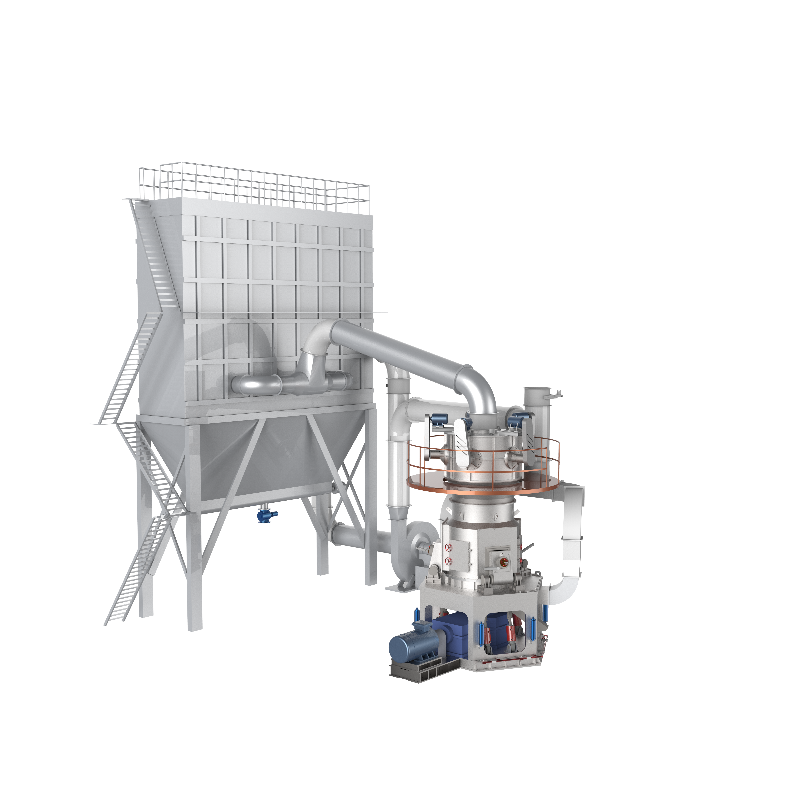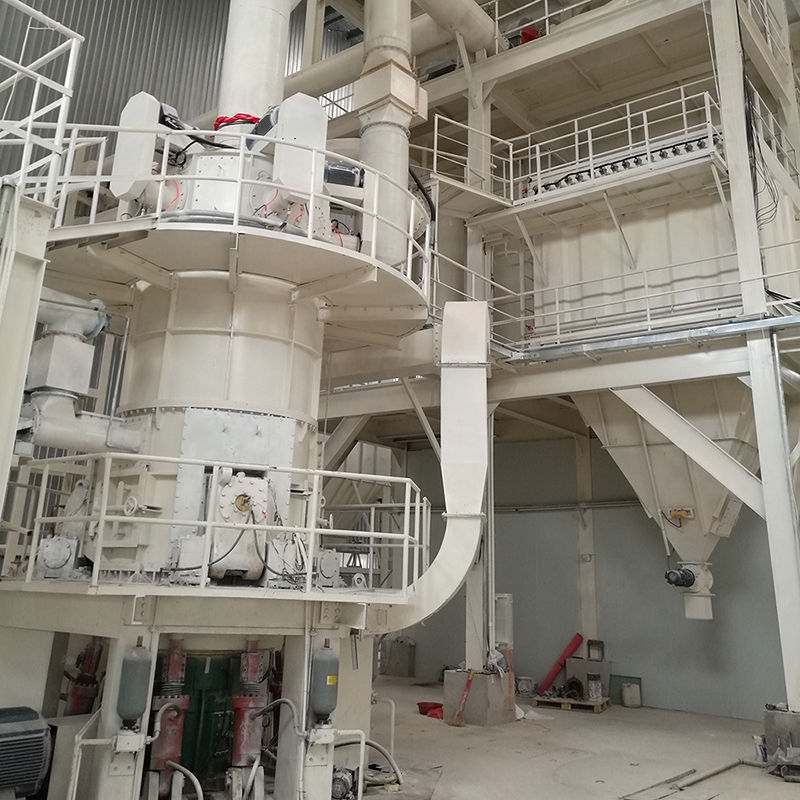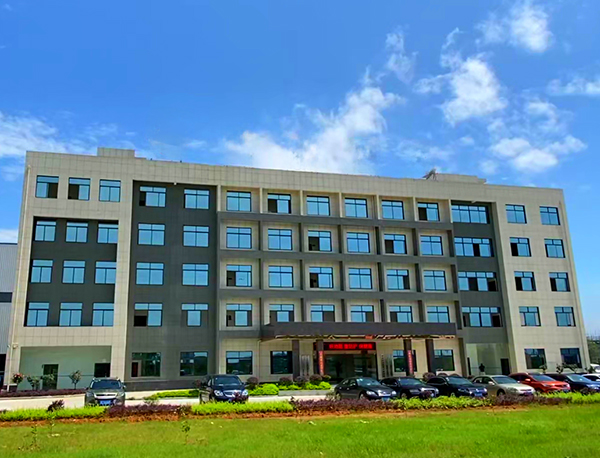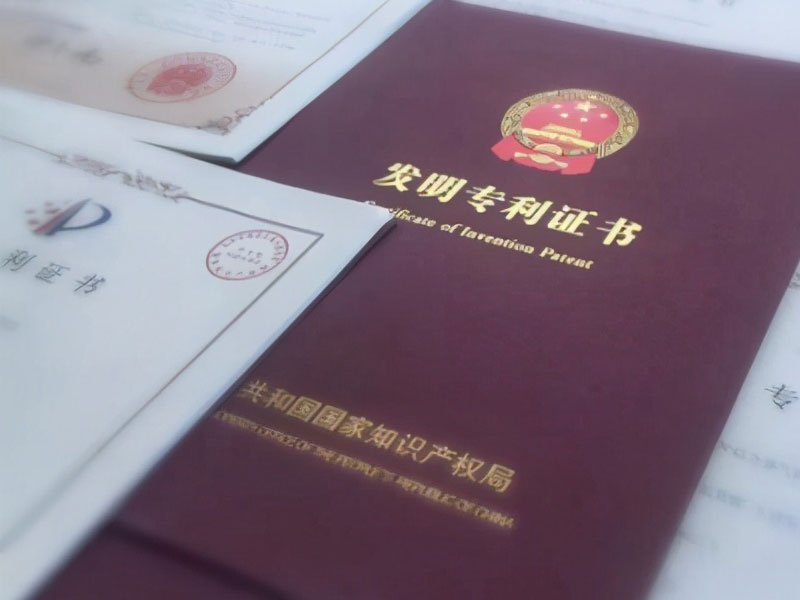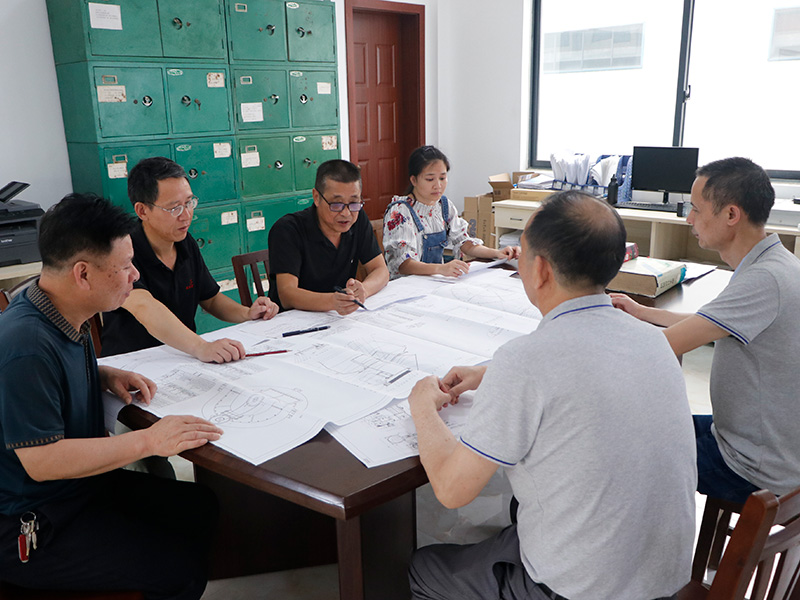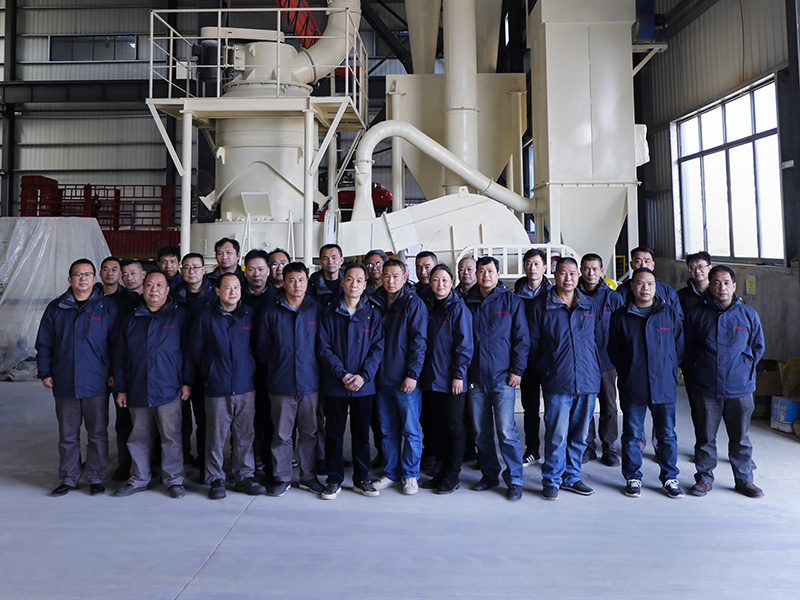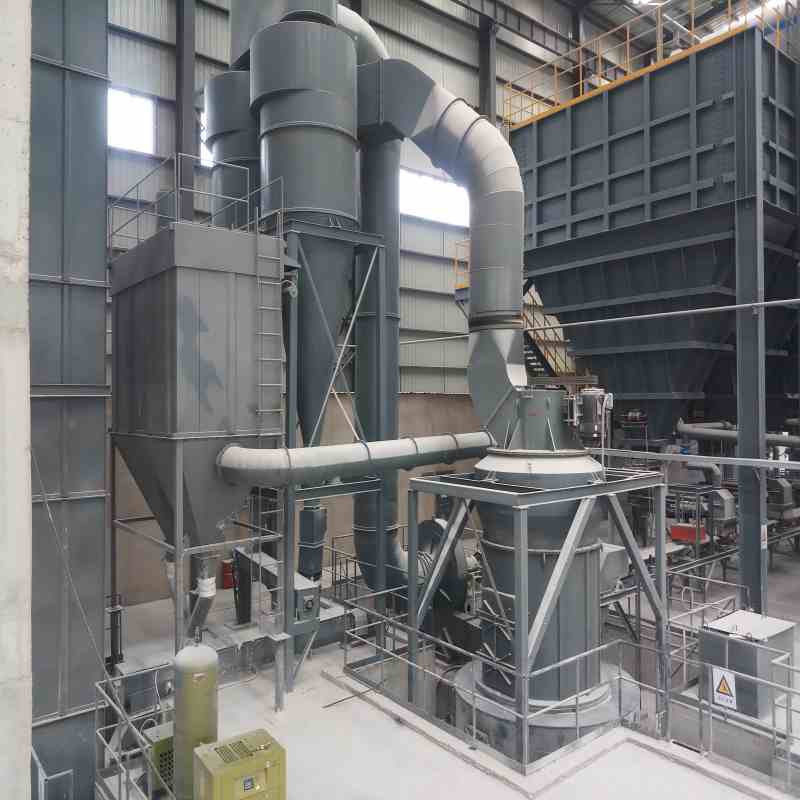
During the operation of the Raymond mill, we often encounter a situation where a large amount of dust appears at the discharge port, which brings inconvenience to production. This problem often leads to reduced equipment efficiency and loss of production capacity. So, what are the reasons for this problem...
I. Cause Analysis
In reality, the dust problem at the discharge port of the Raymond mill is usually related to the following aspects:
1. The equipment selection is unreasonable
The specification and model of the Raymond mill need to be strictly selected in accordance with the nature requirements of the material. If the selection is inappropriate, it will lead to the material not being fully mixed inside the equipment, deformation or broken bridge and other situations, and eventually dust will appear at the discharge port.
2. There are defects in the structure of the equipment
Here, it specifically refers to an unreasonable design or improper operation of the discharge port. Generally speaking, the discharge port does not have an appropriate structural fit, causing the material to scatter and thus resulting in corresponding dust problems. In addition, some workers may not incorporate the blanking port into the production line, or the cleaning of the blanking port area may not be in place, which will also directly affect the normal operation of the equipment.
3. Excessive heat causes the materials to stick together
If the material accumulates and adheres inside the Raymond mill, a considerable amount of dust will be sprayed out from the discharge port. The reason for this phenomenon is that the heat of the material is too high, which causes evaporation and dust in the discharge port area.
Ii. Solutions
1. In terms of equipment selection, choose the appropriate equipment model based on the nature of the material to achieve precise model selection.
2. Equipment manufacturers need to design a reasonable discharging structure to ensure that materials do not accumulate inside and appropriately add some filtration measures to reduce the generation of dust. For the existing equipment, it is possible to consider making improvements to it.
3. Control the temperature of the materials to prevent them from generating excessive heat inside the equipment. In addition, appropriate wind force can be equipped for the equipment to control the temperature and reduce the generation of dust in the discharge port area.

